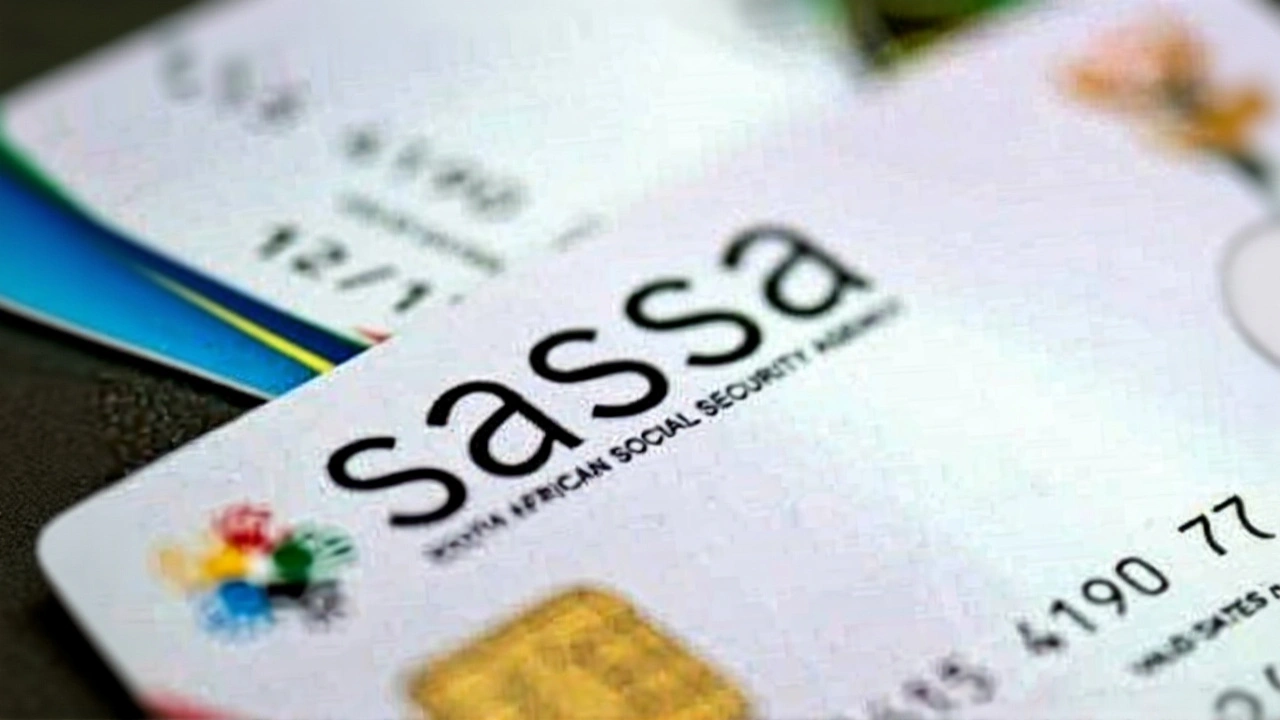SRD Grant: Your Quick Guide to Getting Funding
If you’ve heard about the SRD grant but aren’t sure what it really means, you’re not alone. It’s a funding programme aimed at boosting social, economic or environmental projects across South Africa. Think of it as a cash boost for community groups, NGOs, schools or small businesses that have a solid plan and can show real impact.
What makes the SRD grant special is that it backs projects that usually struggle to find money – from youth mentorship programmes to renewable‑energy pilots. The government and a few private partners pool resources, so the total pot can reach millions each year. In short, if your idea lines up with the grant’s goals, you have a real shot.
Eligibility and What You Can Fund
First thing’s first: you need to match the eligibility criteria. Applicants must be based in South Africa, have a registered entity (like a nonprofit, cooperative or small company), and present a clear plan with measurable outcomes. Projects that focus on job creation, skills development, environmental sustainability or community health get top priority.
The grant can cover a range of costs – staff salaries, training materials, equipment, venue hire or even marketing. However, it won’t pay for unrelated expenses such as personal travel or luxury items. Keep your budget tight and tie every line item back to the project’s objectives.
Step‑by‑Step Application Process
Ready to apply? Here’s a simple roadmap:
- Register online. Create an account on the SRD portal and verify your email.
- Download the application kit. It includes the form, a budget template and guidelines.
- Draft a concise project summary. In 250 words, answer what you’ll do, who benefits and how you’ll measure success.
- Prepare supporting documents. You’ll need proof of registration, a 3‑year financial statement, and letters of endorsement from community leaders.
- Fill in the budget. Show every cost, the amount you’re requesting and any matching funds you’ll contribute.
- Submit before the deadline. Late applications are automatically rejected.
- Wait for review. Panels score proposals on impact, feasibility and sustainability. You’ll hear back within 6‑8 weeks.
Tip: keep your language clear and avoid jargon. Reviewers skim quickly, so use bullet points, headings and simple numbers.
Once approved, you’ll sign a grant agreement and receive the first instalment after you submit a detailed work plan. Most grants are paid in two or three instalments, tied to milestones you’ve outlined.
Finally, remember to track your results. The SRD program requires regular reporting – both a mid‑term update and a final impact report. Good data not only satisfies the funder, it also helps you showcase success to future donors.
Bottom line: the SRD grant can turn a solid community idea into real change, but you need to follow the rules, stay organized and tell a compelling story. Use this guide, double‑check every document, and you’ll increase your odds of getting the money you need.
SASSA Sets October 2025 SRD Grant Dates and Mandates Biometric Enrollment
SASSA announced October 2025 payment dates for the SRD R370 grant and regular social grants, and introduced mandatory biometric enrolment for new applicants to curb fraud.

